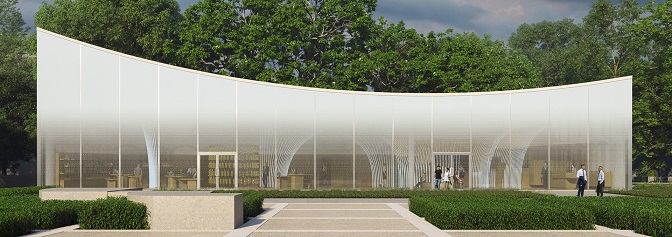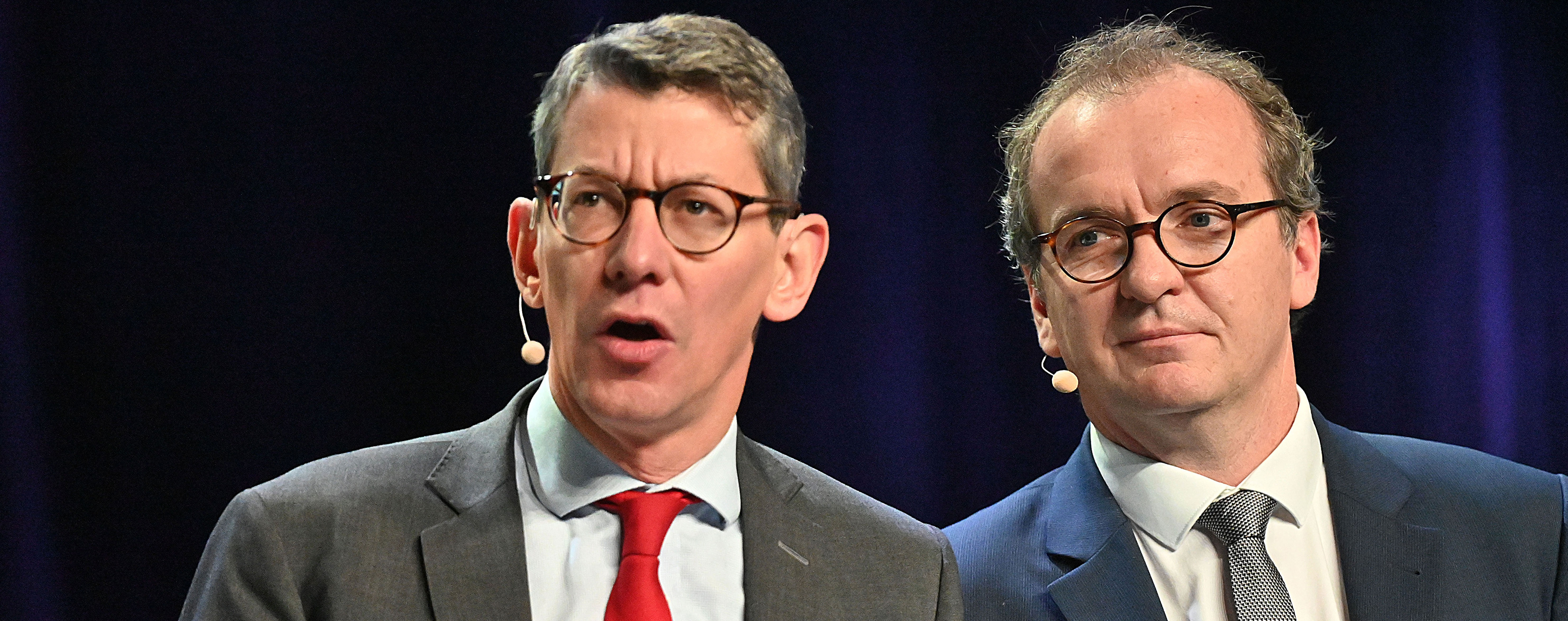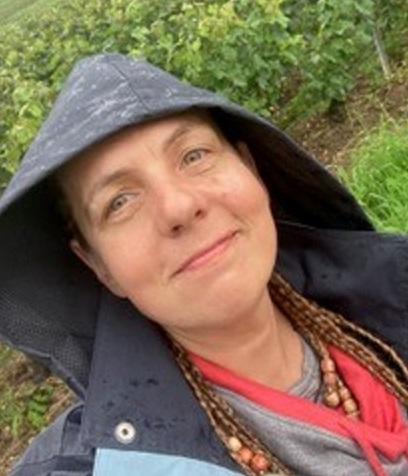Earlier this month, the region’s two co-presidents, David Chatillon and Maxime Toubart, presented a roadmap for the next decade to the press at Wine Paris & Vinexpo. They shared a vision firmly anchored in the premise that, to thrive, Champagne will need to remain “always available, always desirable and always exemplary”.
To achieve this, the Comité Interprofessionnel du Vin de Champagne (CIVC) plans to increase its annual budget by €10m to invest in research and development, further legal protection and promotion of the appellation, and sustainable development.
A large chunk of the research budget will be allocated to the building of a new research, development and innovation centre, expected to open in 2025. The centre’s focus will be to increase research capacities into deadly vine diseases, such as flavescence dorée, estimated to be present in 4% of the region’s vineyards, esca, as well as powdery and downy mildew. Up till now there is no cure for flavescence dorée, hence early detection is vital to prevent the disease from spreading and destroying large chunks of the region’s vineyards. However, these activities are time-consuming as each vine plant needs to be studied individually.
To combat mildew, the CIVC is part of the INRA-ResDur grapevine-breeding programme for durable resistance to downy and powdery mildew. The aim of this programme is to create hybrid cultivars that will not impact the taste profile of Champagne. Lastly, to fight esca, Champagne, Burgundy and Beaujolais have joined forces in the Qanopée project, which aims to preserve and multiply rootstock and vine grafts in a large temperature-controlled greenhouse south of Épernay.
To remain desirable
In addition, the new research centre will focus on the impact of climate change on the quality of the wines, train producers on new best practices and develop ways to further reduce the region’s carbon footprint.To remain desirable, the CIVC aims to expand its international presence by opening several new foreign offices in growing export markets, starting with one in Canada and one in Scandinavia. That will bring the total of foreign CIVC offices to 12. Champagne also wants to bolster its trade training capacity as well as the recognition and protection of the Champagne appellation.
Lastly, to be exemplary, the focus is on corporate and social responsibility (CSR). After the recent no-herbicide debacle – instigated by a group of producers demanding in an open letter in the Monde newspaper that Champagne maintains its promise to eradicate herbicides by 2025, a commitment made in 2018 and walked back last year – the CIVC is keen to shift the ecological focus off herbicides, and onto its ambitious decarbonisation objective.
Champagne was indeed the first region to measure its carbon footprint in 2003, using the Carbonne-4 methodology, which includes every aspect of the production and shipping process. The intention was to reduce the 2003 footprint by 25% by 2025 and by 75% by 2050; in 2022 this goal was further expanded with the region aiming to achieve carbon neutral status by 2050. While Champagne has certainly come a long way (reducing its carbon footprint by 14% in 2018), it is unlikely that the 25% reduction will be achieved in 2025, especially since exports continue to grow, and warmer temperatures require previously unnecessary cooling techniques.
To be exemplary, Champagne’s ecological ambitions need to go hand in hand with its social and economic goals, according to Toubart. “It is not only about responding to changing consumer demand,” he says, “the productivity and sustainability of Champagne’s vineyards also need to be ensured. A viticulture in balance with the ecosystem, which produces a sufficient quantity of quality grapes – this is the goal for our industry and the course we have set ourselves.”
In true CSR style, it is thus essential for Toubart that economic ambitions are met first and foremost. One could argue that based on last year’s record sales a large production is needed for Champagne to remain available.
Indeed, 2022 saw the highest ever turnover for the region (exceeding €6bn) and the second highest volume figure (after 2007), announced to be close to 326m bottles. However, after analysing the initial January 23 figures, it is more likely that the final 2022 sales will come in at just under 325m bottles.
Nevertheless, the January figures were up compared to last year, setting the sales at 326.8m bottles. Still, in the current economic climate, and in view of the steady decline of shipments between June and December, it may pay off to wait for what will happen to Champagne shipments in the next few months before making bold statements on the global Champagne demand boom, and hence the need for a high-volume harvest.
To conclude, Champagne’s investments to tackle the next decade embody, according to Chatillon: “The social responsibility of our sector; it is our absolute priority that Champagne remains an exceptional wine, supported by a united, responsible and committed industry. This is a new impetus at the service of the new ambitions of our appellation and our terroir.”
This article first appeared on our partner Wine-Searcher.com’s website.
Ruinart’s new visitor centre

Ruinart, the oldest champagne house in Reims, is building a new visitor centre. The Nicolas Ruinart Pavilion, named after the company’s founder, is being built opposite Ruinart’s historic buildings in the Butte Saint-Nicaise park.
Due to open in September 2024, the modern building will mark Maison Ruinart’s 300th anniversary in 2029. The design, by architect Sou Fujimoto, comprises a retail area, lounge, bar-restaurant and terrace. The building is situated in a wooded park.
Gwenael Nicolas of Curiosity is doing the interior designer and Christophe Gautrand is the landscape designer.
Gwenael commented: “On this historic site, my task was to find the right balance between the history of this centuries-old house and a contemporary visitor experience. The visitor must immerse himself in the world of the house, discovering or guessing all its facets in a natural way. My aim is to guide them without imposing, while surprising them.”
Caroline Henry is the author of Terroir Champagne: the Luxury of Sustainable, Organic, and Biodynamic Cuvees.













.png)






